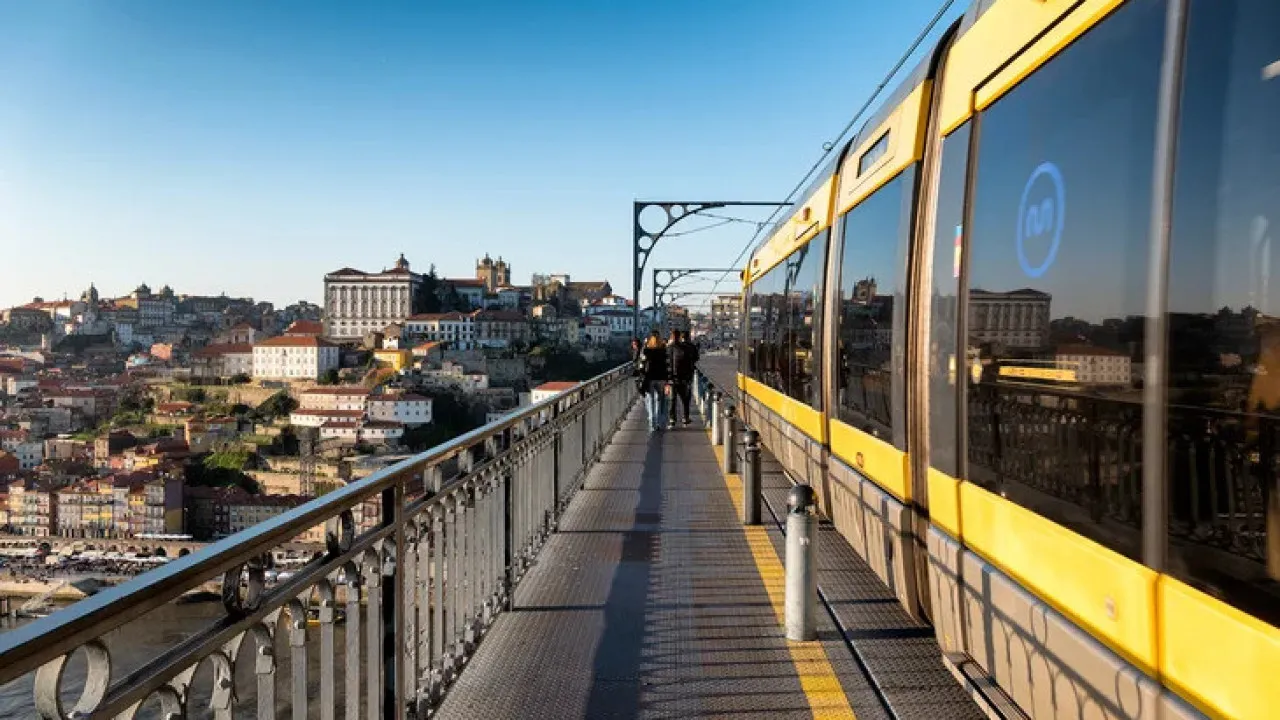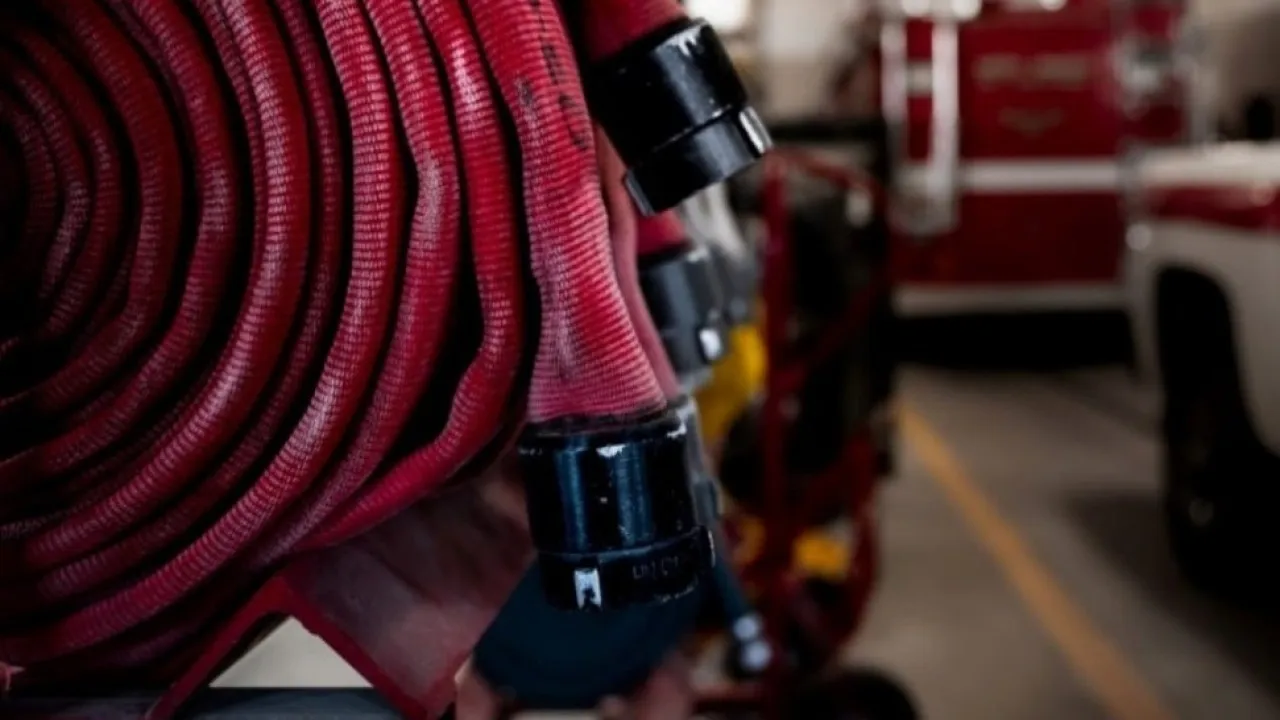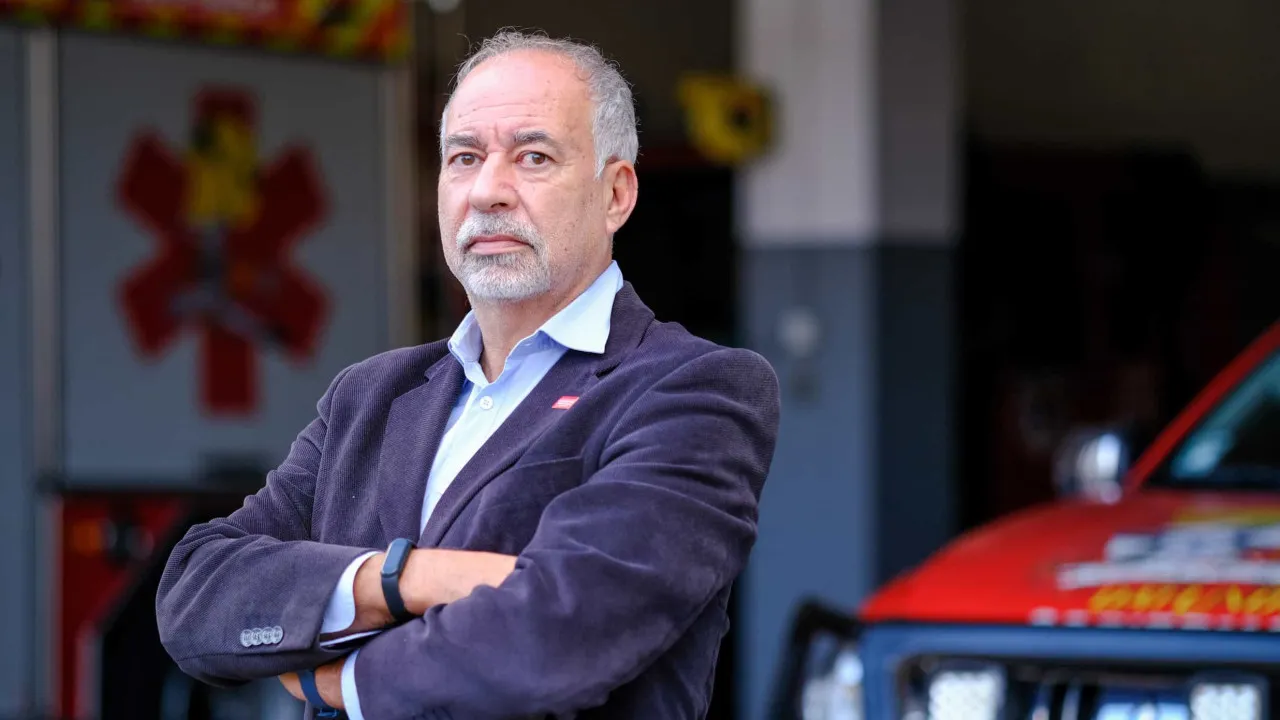
The risk of adopting Bus Rapid Transit (BRT) systems, often known as metrobus, lies in potential incomplete implementation, according to Cecília Silva, a professor at the Research Centre for Territory, Transports and Environment (CITTA) of the Faculty of Engineering of the University of Porto and the Faculty of Science and Technology at the University of Coimbra. Silva expressed concerns over services being labeled as BRT when they deviate from traditional concepts—which include bus routes on fully segregated lanes with traffic light priority and set stations—by sharing lanes or becoming congested, thus undermining efficacy.
The BRT system’s goal should be to prioritize public transport, yet incomplete designs may prevent this, Silva noted, stressing the importance of accurately identifying true BRT systems from hybrid models. BRTs have long offered an almost rail-like efficiency without the need for rail-level infrastructure, but their usefulness diminishes if capacity demands rail transitions.
The Porto metrobus and the Metro Mondego in Coimbra, Miranda do Corvo, and Lousã are among projects awaiting operations in Portugal. Future plans include systems in Matosinhos, Trofa, and possibly Maia in Porto, the city of Braga and a connection between Guimarães and Braga in Leiria; a link between Leiria and Marinha Grande; a city system in Évora; two projects in Lisbon between Lisbon and Oeiras and the Eastern Sustainable Intermodal Line (LIOS) connecting Lisbon, Oeiras, and Loures; and a system linking Olhão, Faro, and Loulé in Faro district.
Sufficient, continuous BUS lanes that offer uninterrupted routes could potentially cement BRT systems in Portugal, Silva suggested, emphasizing the necessity of prioritizing paths that do not vanish at intersections. Implementations now may seem appealing due to potential EU funding and rapid execution, but Silva warned of the challenges in solving the issues without prior planning and strategic development. The need for prior planning distinguishes genuine strategic frameworks from mere studies.
Irrespective of the BRT outcomes, advancing forward is crucial. Acknowledging errors during evaluations, rather than depicting the initiative as a failure, will enhance learning and improvements, Silva argued, mandating thoughtful space reallocation for areas currently auto-dominated. This reallocating would support safe environments for youth traveling to schools, older citizens’ mobility, and provide security and seating throughout urban settings, impacting decisions favoring public over private transport.




